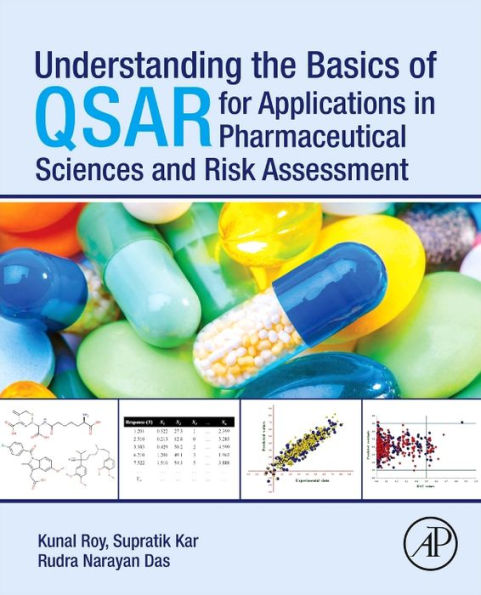5
1
9780128015056



Understanding the Basics of QSAR for Applications in Pharmaceutical Sciences and Risk Assessment available in Paperback, eBook

Understanding the Basics of QSAR for Applications in Pharmaceutical Sciences and Risk Assessment
- ISBN-10:
- 0128015055
- ISBN-13:
- 9780128015056
- Pub. Date:
- 03/03/2015
- Publisher:
- Elsevier Science
- ISBN-10:
- 0128015055
- ISBN-13:
- 9780128015056
- Pub. Date:
- 03/03/2015
- Publisher:
- Elsevier Science

Understanding the Basics of QSAR for Applications in Pharmaceutical Sciences and Risk Assessment
$99.95
99.95
In Stock

Product Details
| ISBN-13: | 9780128015056 |
|---|---|
| Publisher: | Elsevier Science |
| Publication date: | 03/03/2015 |
| Pages: | 484 |
| Product dimensions: | 7.50(w) x 9.30(h) x 1.20(d) |
About the Author
What People are Saying About This
From the B&N Reads Blog
